Off to Portugal on holiday? Like coffee? This Portuguese article by Isabel Marcante, the second piece published by eMAG in a language other than English, could be of interest. And even if you don’t speak the language, maybe you can understand a bit!
Não, não vamos falar agora da Europa, nem de eleições, nem de crise. Este texto ocupa-se de coisas mais prosaicas mas que provavelmente darão mais prazer à vida, pelo menos por um momento: falamos do café em Portugal, do qual somos grandes aficionados (um castelhanismo! Por favor, substituam a palavra por «adepto» ou «fã»).
Parece que o povo que bebe mais café no mundo são os Finlandeses, mas nós achamos que isso é mentira. As estatísticas enganam, dizemos nós, os Portugueses. E o café que bebemos é o melhor! (Os Italianos dizem o mesmo sobre o café deles). E o nosso café vem, muitas vezes, em pacotes que têm nomes de lugares que nos transportam para paisagens exóticas:
Cabo-Verde, Timor, Angola, S.Tomé…
Voltando ao assunto, pedir um café em Portugal é um assunto sério. Até para os nativos. Aqui vai, então, uma espécie de «guia de sobrevivência» para os amantes, os adeptos, os fãs, os aficionados do café ou para aqueles que querem sê-lo.
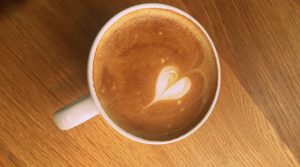
ABATANADO (m): é um expresso que tem a quantidade dupla de água da bica. É servido numa chávena grande.
BICA (f): é um expresso que vem servido numa chávena muito pequena (no Porto chama-se «cimbalino»).
CAFÉ DUPLO (m): expresso duplo.
CAFÉ CORTADO (m): é um expresso curto. O adjectivo «cortado» refere-se à medida indicada no botãozinho da máquina de cafés.
CAFÉ PINGADO (m): expresso com uma gota (pinga) de leite.
Não confundir com a expressão idiomática «gato pingado» que significa simplesmente «pobre diabo».
CAFÉ COM CHEIRINHO (m): é um café com uma gota de «bagaço» (Tresterschnapps)
CARIOCA (m): aqui não se trata de um habitante do Rio de Janeiro, mas de um café fraco (a segunda tiragem) que é servido numa chávena pequena.
DESCAFEINADO (m): um café sem cofeína, claro.
GALÃO (m): café com leite (3/4 de leite), servido num copo de vidro e que é tomado normalmente de manhã, ao pequeno-almoço, ou à tarde, ao lanche, juntamente com uma torrada, um pastel de Belém, um pastel de nata ou com um outro bolo.
GAROTO (m): é um café com leite, pequeno (talvez o Kleinlatte em alemão) com normalmente 50% de leite / 50% de café, servido numa chávena pequena (no Porto chama-se «pingo»).
MAZAGRÃ (m): café com cubos de gelo, açúcar e casca de limão.
MEIA DE LEITE (f): 50% de leite / 50% de café, servido numa chávena grande (na Madeira designado por «chinesa»).
Já agora, vai um café?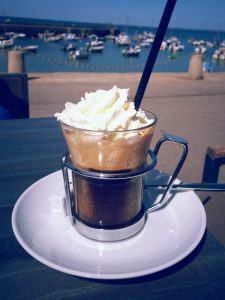
Author: Isabel Marcante
Pictures: Eva Sitzberger

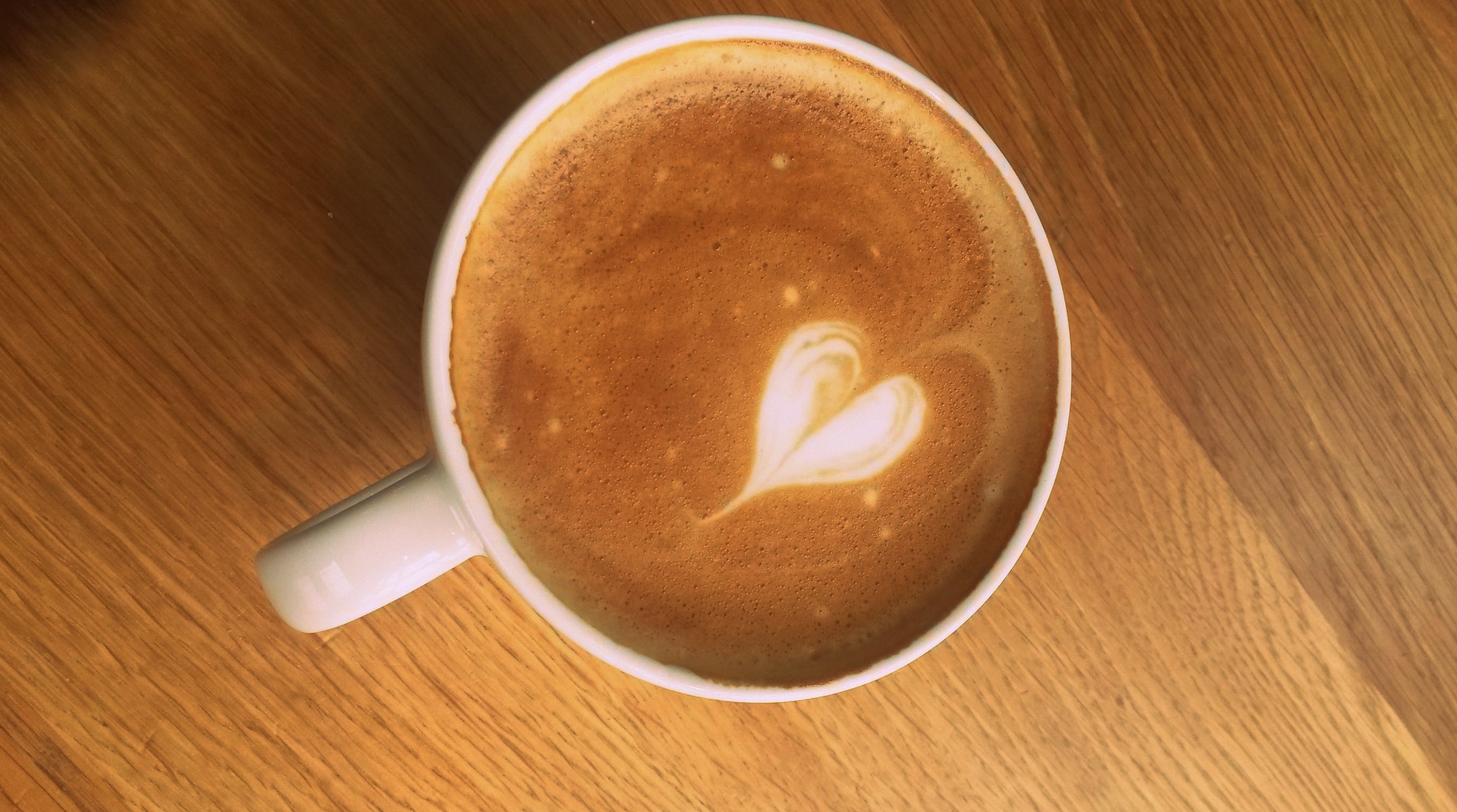
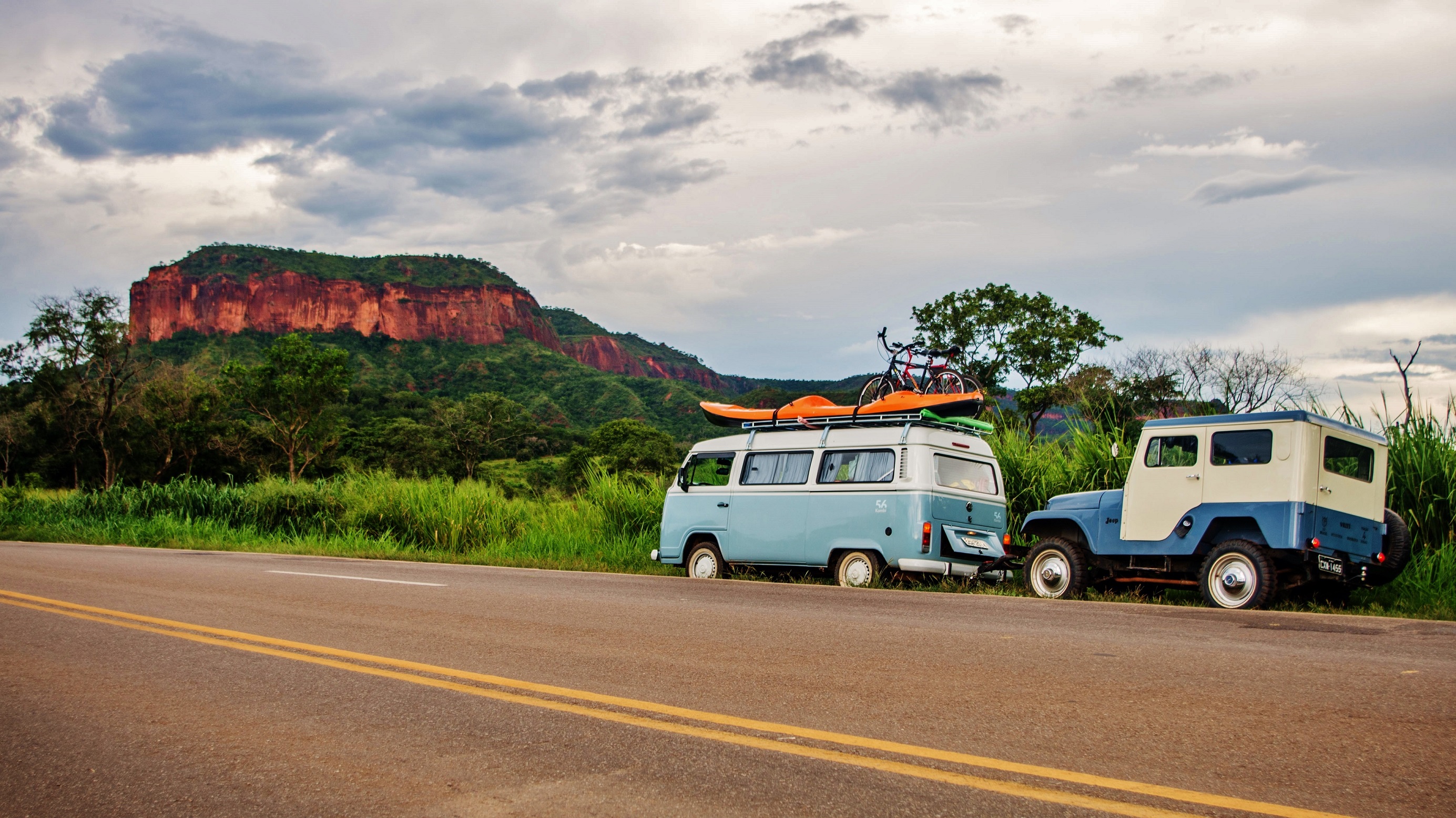

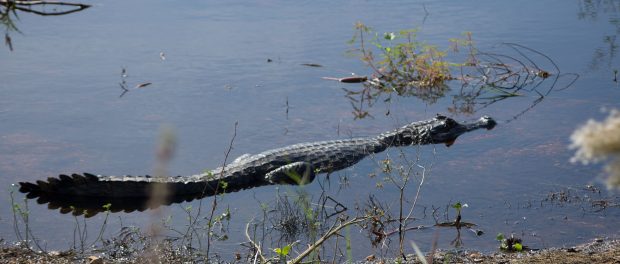

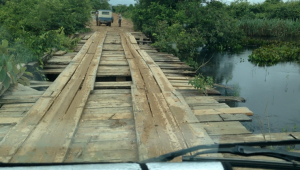 But the reason why using up so much adrenaline was worthwhile was meeting so many amazing creatures. These guys impressed me quite a lot: giant otters. Seeing a pair of them right in front of me was a dream come true; I didn’t know if I should take a picture or step back a bit and be sure I was safe. Giant river otters are extremely cute and are innocent-looking, but they’re very dangerous and are capable of attacking and even eating a caiman! Take a look yourself and see how photogenic they are – one of them even looked into the camera! How adorable is that?
But the reason why using up so much adrenaline was worthwhile was meeting so many amazing creatures. These guys impressed me quite a lot: giant otters. Seeing a pair of them right in front of me was a dream come true; I didn’t know if I should take a picture or step back a bit and be sure I was safe. Giant river otters are extremely cute and are innocent-looking, but they’re very dangerous and are capable of attacking and even eating a caiman! Take a look yourself and see how photogenic they are – one of them even looked into the camera! How adorable is that?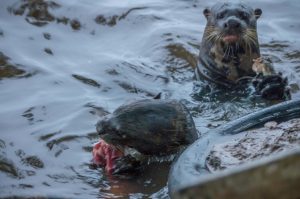
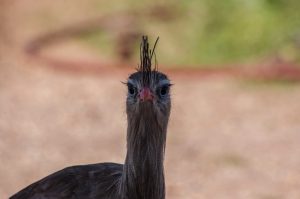 We also saw anacondas, blue macaws, toucans, southern crested carcaras, capybaras and lizards. The only animal we didn’t bump into was the gorgeous jaguar. Maybe we’ll be luckier next time, on another road trip around Brazil. Until then, let’s keep an eye on the natural world around us and enjoy it as best we can!
We also saw anacondas, blue macaws, toucans, southern crested carcaras, capybaras and lizards. The only animal we didn’t bump into was the gorgeous jaguar. Maybe we’ll be luckier next time, on another road trip around Brazil. Until then, let’s keep an eye on the natural world around us and enjoy it as best we can!